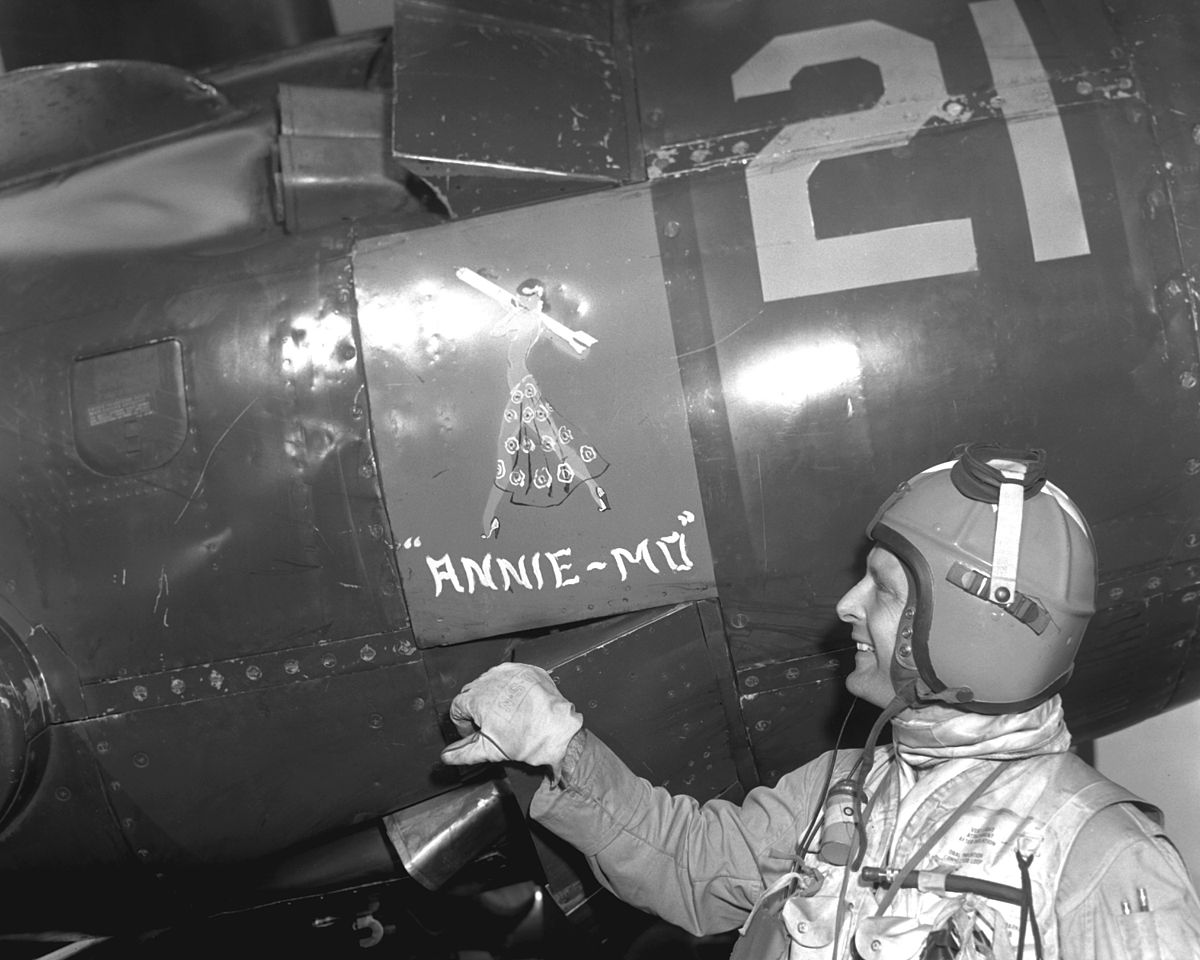wuzak
Captain
This is what i can find. Nevertheless, if R-R Merlin 100 as installed, delivered maximum HP of 2080 Hp at 22,800 ft that will make it significantly superior to V-1650-9 since V-1650-9 can only deliver 1790 Hp at 22,700 ft, which make it 13% weaker. No wonder P-51H is so much slower than XP-51G
The V-1650-9 is, to all intents and purposes, a Merlin 100. There are detail differences, such as a slight difference in supercharger gear ratios due to a different gear train design.
The V-1650-9 also had ADI, which the Merlin 100 did not, this allowing 90inHg MAP and over 2,200hp (lower altitude, though).

